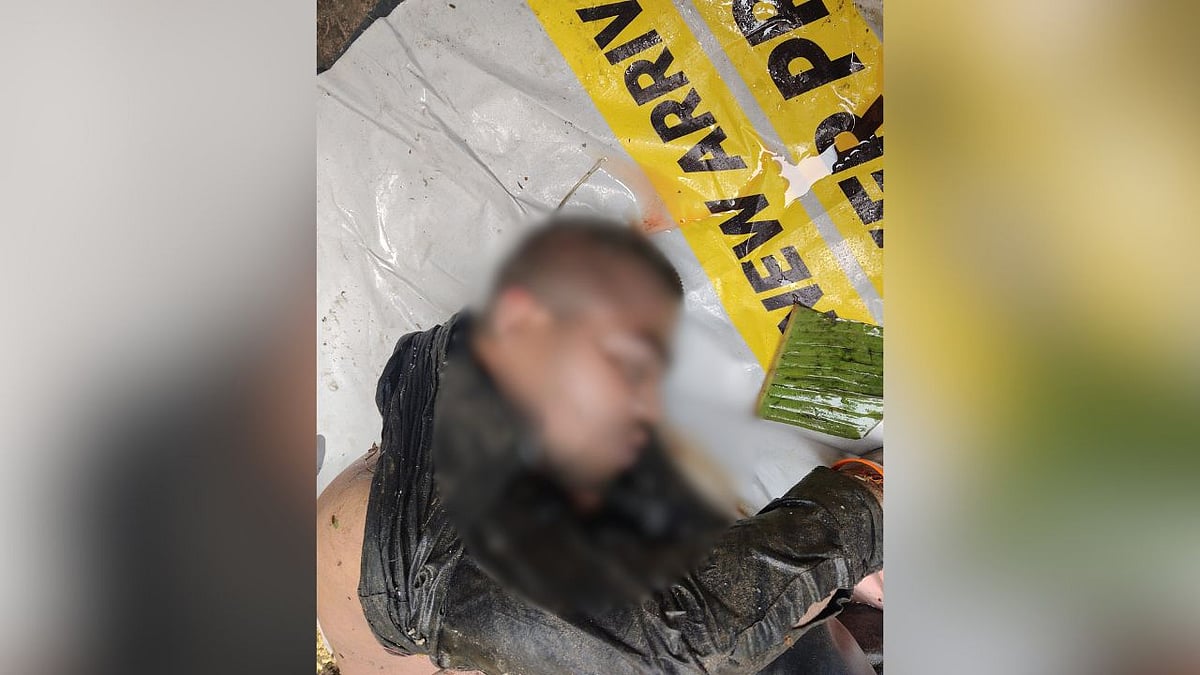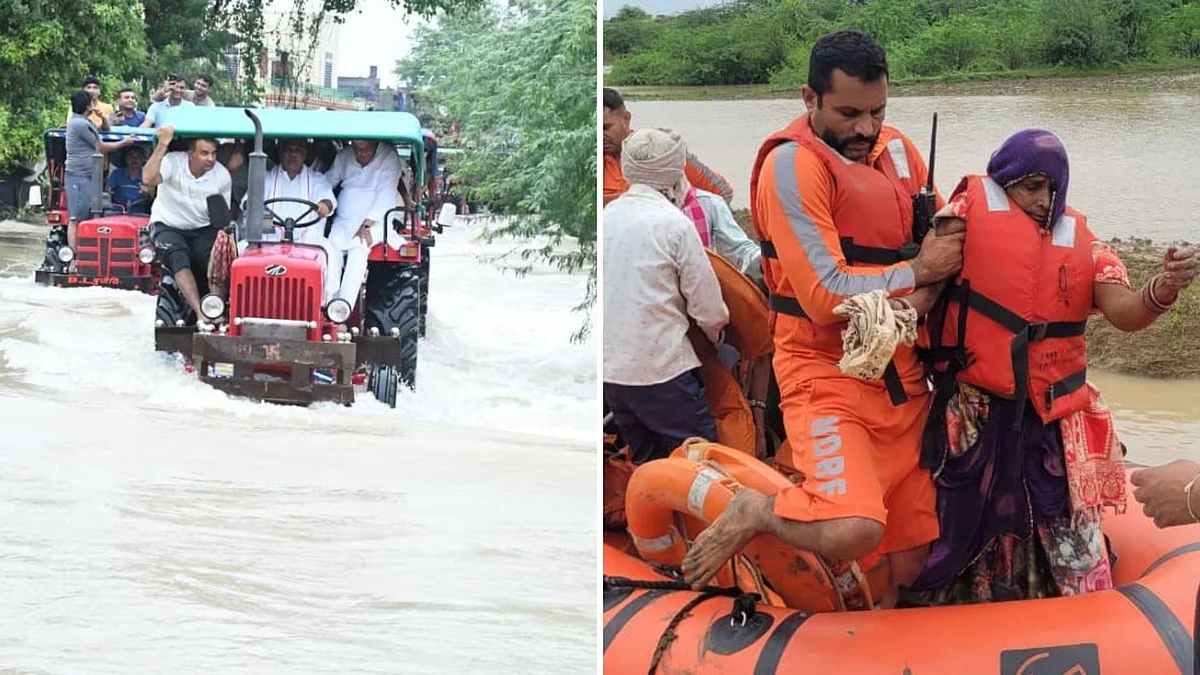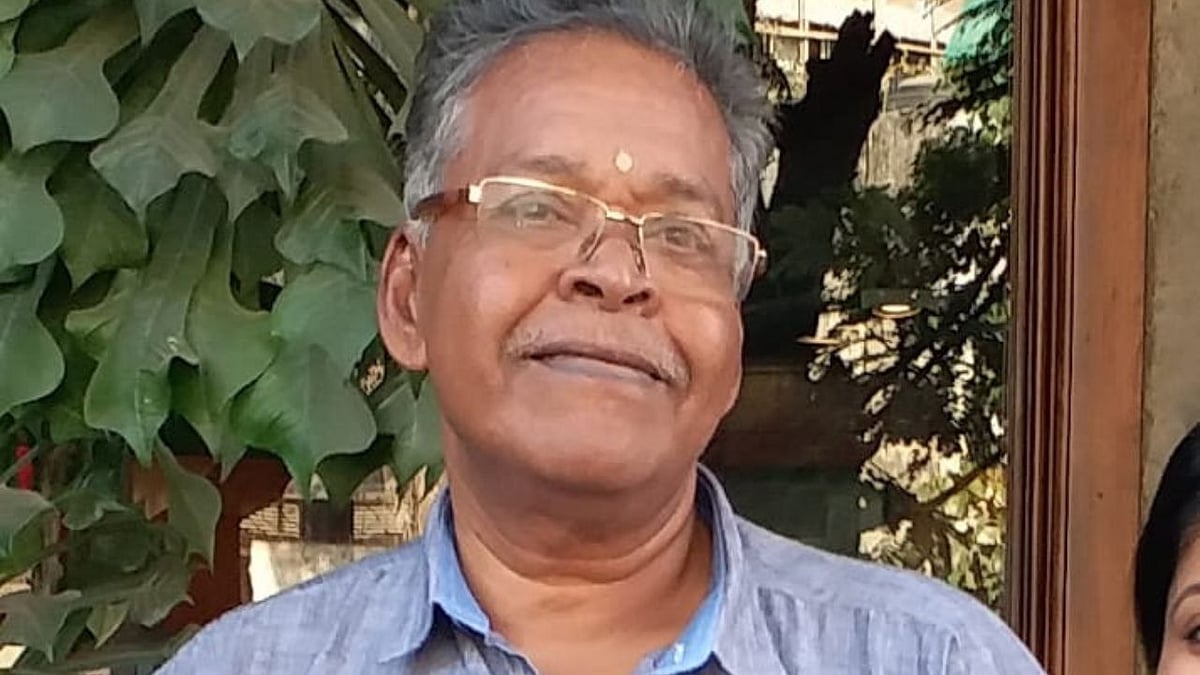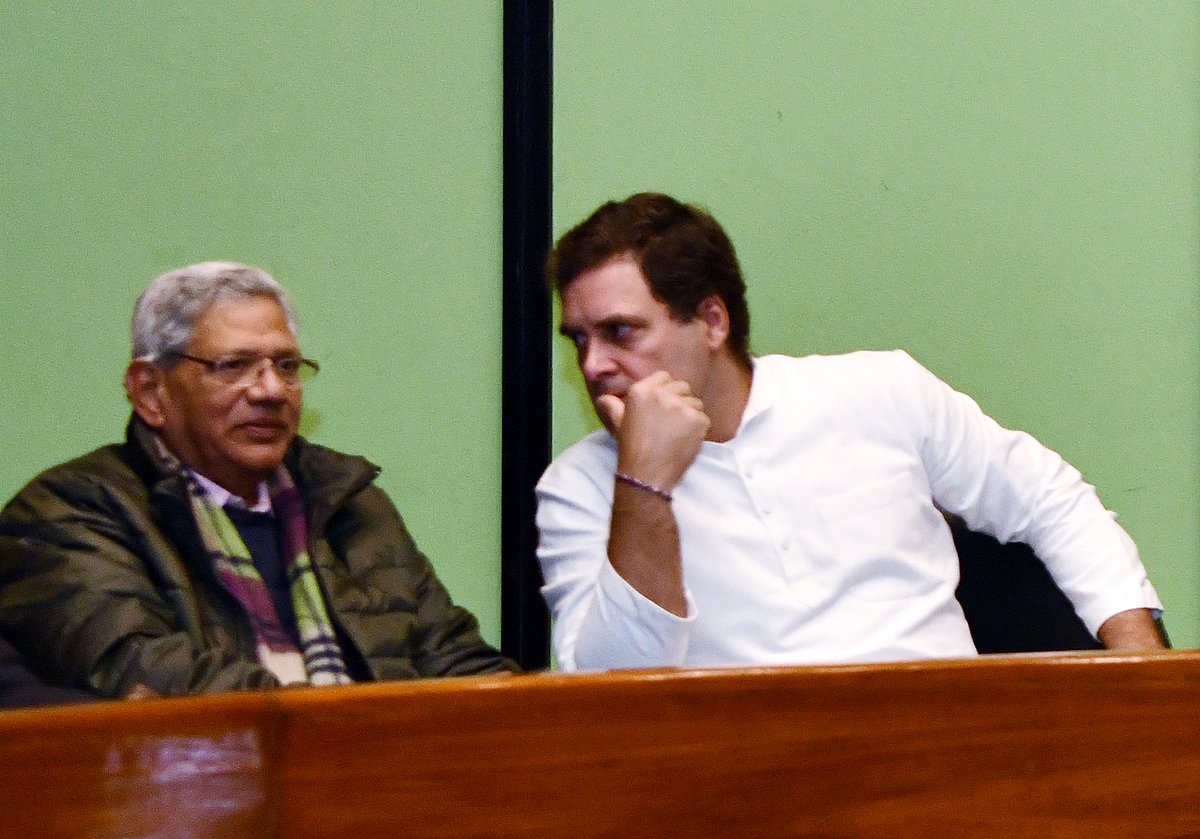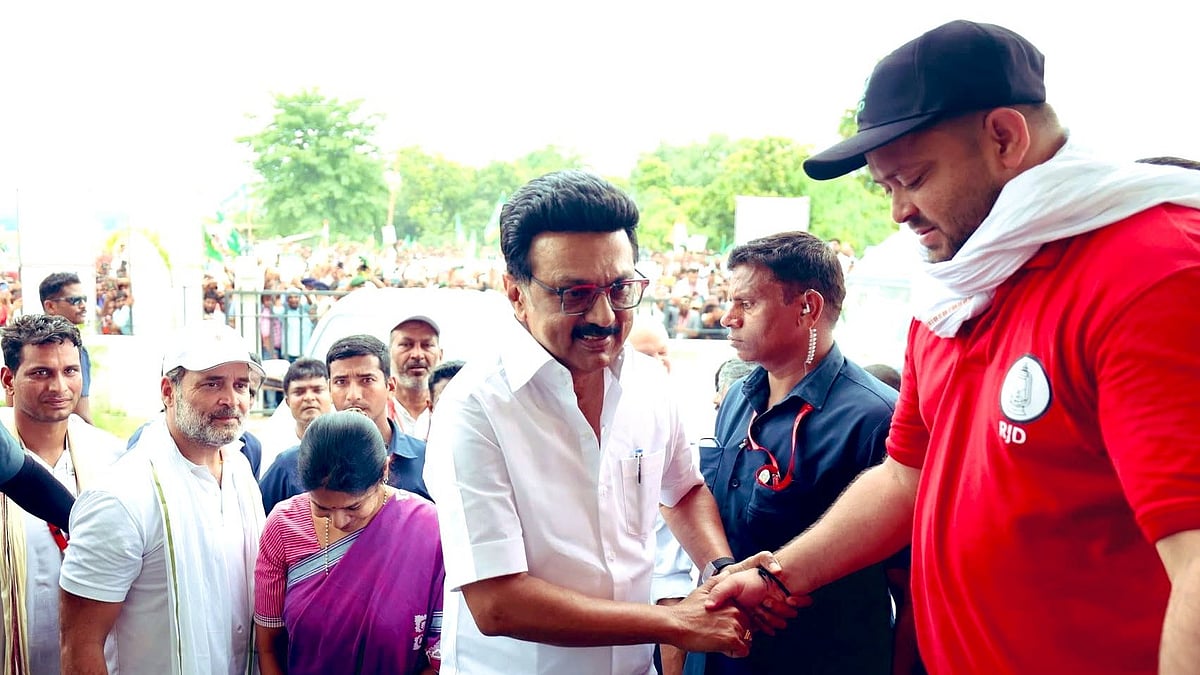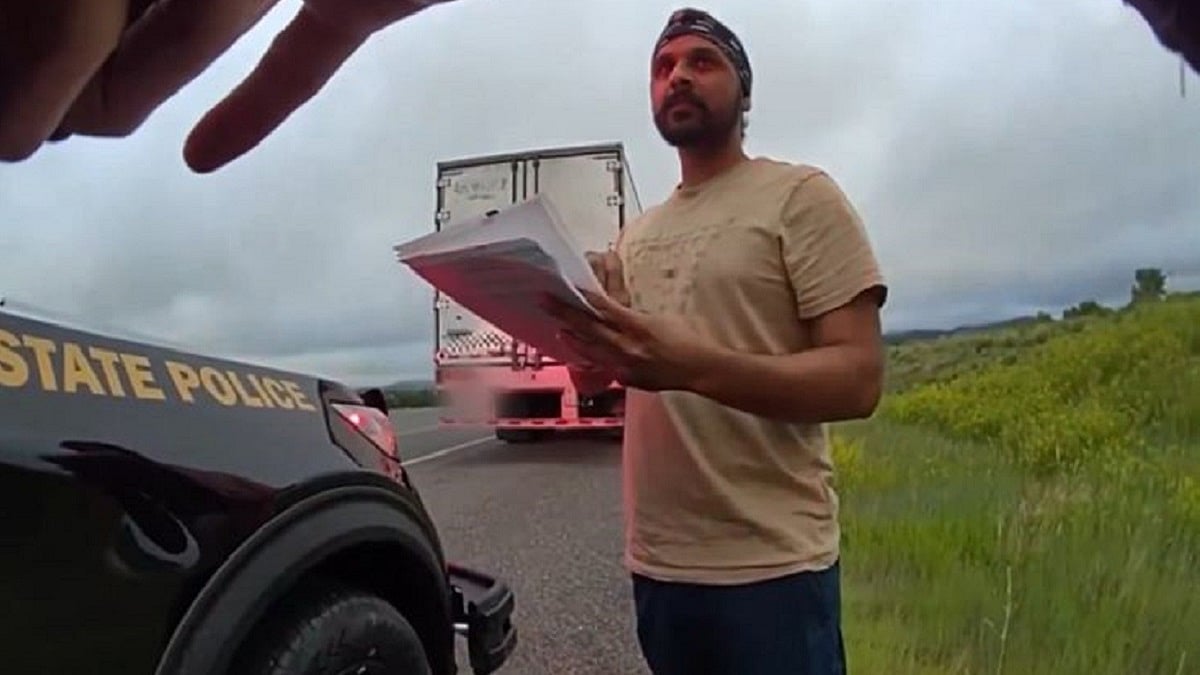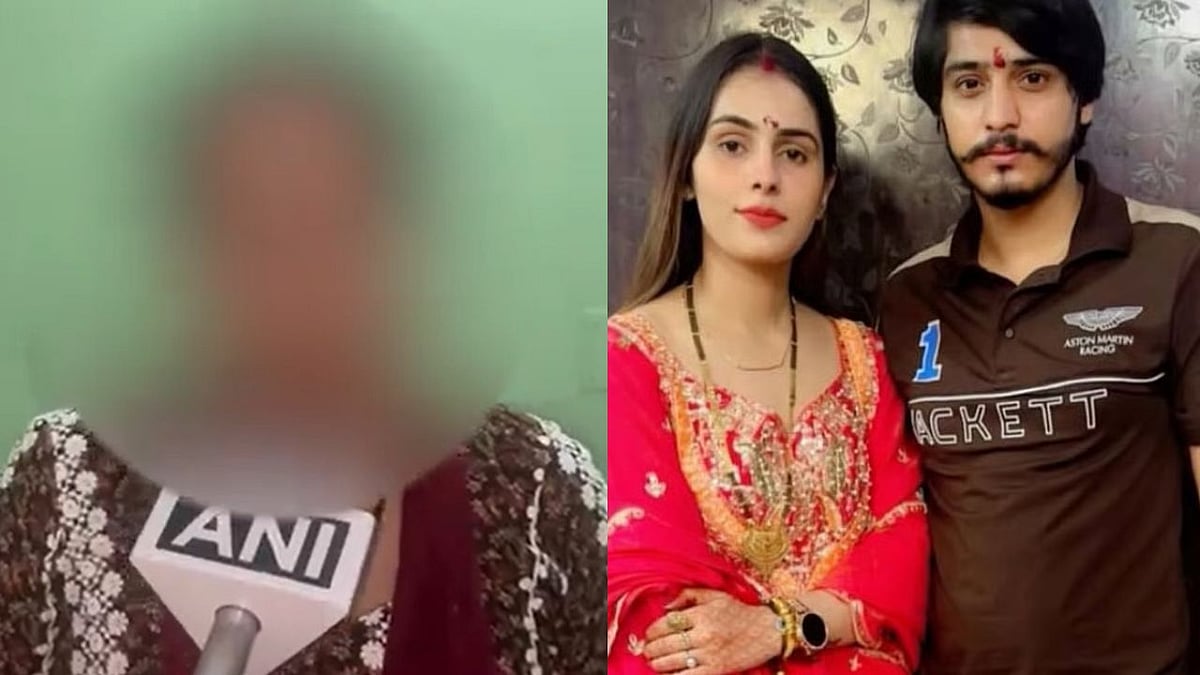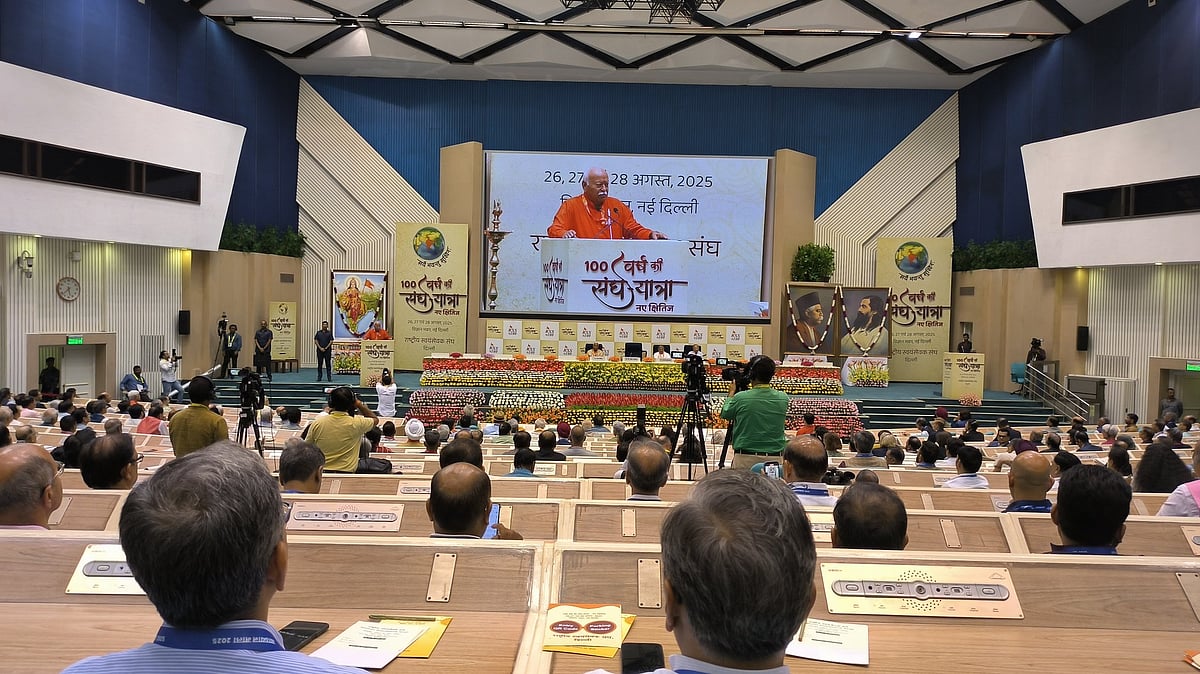Hundreds of people were killed on June 4, 1989, as China's People's Liberation Army cracked down in and around Tiananmen Square on pro-democracy protesters who for weeks had gathered there to call for greater democracy as well as political and social reforms.
Sitaram Yechury, an economics student at the prestigious Jawaharlal Nehru University in Delhi, had joined the Communist Party of India (Marxist) in 1975. After completing his Masters, he went on to peruse PhD in the same arena but had to abort after being arrested during the Emergency.
After laying low for a while, he was elected as the President of the JNU Students' Union thrice. In 1984, he was elected to the Central Committee of the CPI(M), and currently serves as the general secretary of the party.
According to The Diplomat, when the Tiananmen incident took place, Yechury appeared for a speech at JNU with a Chinese propaganda film, which was boycotted by other students. The mess at JNU was packed with students who stood in solidarity with the ones massacred at Tiananmen. However they let Yechury finish his speech and made him answer every question. The interaction went on till next morning.
Sitaram’s move faced consequences during the JNU elections - an umbrella that hosts the biggest political debates and discussions. Touted as the Great October Revolution, the students’ union election held in the campus saw the defeat of CPI-M’s students’ wing. This was due to the main election issue being Tiananmen Square Massacre, which propagated the idea of democracy, free speech and free press.
Every year, June 4 is seen as a stark reminder of the day when thousands of students took over Beijing's Tiananmen Square in 1989, challenging the might of the Chinese government. The protests followed the death of one CPC’s reformist leaders Hu Yaobang who was forced to resign as Party General Secretary.
What started in April didn’t slow down despite the Martial Law declared by the government. As the movement escalated, the authorities ordered a military crackdown, by firing live rounds into the crowd.
Security was stepped up with police meticulously searching people entering the 109-acre area. The CPC which termed the protests counter revolutionary riots ordered the military to put down the rebellion of unarmed citizens, following which heavy violence ensued.
According to reports, hundreds to thousands protesters were killed, and as many as ten thousand were arrested. Many world leaders condemned the violation of human rights in China.
The massive square became famous all over the world with an iconic picture of a young man standing before a row of battle tanks on June 5. The picture was captured by Charlie Cole, one of the photographers at the location.
Hong Kong and Macau are the only places in China where people can commemorate the activists killed in 1989. Everywhere else in China, the authorities banned even oblique references to the crackdown.
China never said how many people died in the crackdown, but hundreds were believed to have been killed. The events of June 4 have been wiped from the history books in China and any discussion of the crackdown is strictly censored and controlled.

